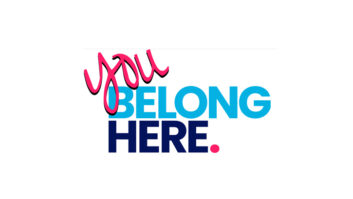GeoBroadcast Solutions says its geo-targeting proposal creates no opportunity for interference between FM broadcasters, and that self-interference won’t be an issue either.
The company filed comments earlier this month with the Federal Communications Commission as part of the open notice of proposed rulemaking to allow geo-targeting via synchronized FM boosters.
GBS, which wants to deploy a proprietary technology in the United States, used the filing to reiterate its overall arguments but also to address several specific issues, one of which was interference.
(As we’ve reported, the National Association of Broadcasters has recently come out strongly against the geo-targeting proposal. The GBS comments described below were submitted on the same day to the FCC and does not address NAB’s latest statements; GBS is expected to do so in reply comments, which are due March 12.)
“The NPRM asks whether it is reasonable to expect stations to adequately manage self-interference without additional guidance or mandates,” GBS told the FCC. “The answer here is the same answer the commission reached last month in the DTS proceeding: Yes, of course broadcasters have every incentive and ability to manage self-interference.
“And to be clear,” it continued, “the proposed rule merely permits the use of this technology. It does not require it. Accordingly, any broadcaster that voluntarily uses this technology will do so only if they are convinced it will not raise technical issues and is good for its business and its community. ”
The company also said field tests of its ZoneCasting system have shown that it does not result in harmful interference within the single-frequency network, either between the primary station and boosters or among the booster cluster itself.
It noted that it performed field tests in 2010 in Randolph, Utah, and 2011 in Avon Park, Fla. After R&D work, the current ZoneCasting design was then tested in 2016 in Union Grove, Wis.
“This test showed that the transition area — meaning the boundary between the primary station and the booster coverage zones — can be minimized to a very limited period of time within a tiny area within a station’s entire coverage area (far below 1 percent),” GBS told the commission. It quoted Alpha Media, licensee of the Wisconsin station, supporting the technology enthusiastically.
“There is no need for the FCC to adopt additional, unnecessary regulation to address an issue which can be entirely managed by technology, and which broadcasters will have the ultimate incentive — the value of their signal — to ensure is addressed,” GBS wrote.
Further, “There is no need for the commission to adopt additional regulation to manage interference between broadcasters for the simple reason that the rule change creates no opportunity for interference between broadcasters. So any rule change would address a problem that simply cannot exist.”
Because boosters use the same channel frequency as the primary station, a broadcaster operating on an adjacent channel won’t be affected by a neighboring broadcaster who uses zoned coverage technology like ZoneCasting, GBS said, since the neighboring broadcasters are already coexisting with current frequency agreements.
“It would be unreasonable for the FCC to impose second channel interference protection requirements for FM booster stations, as the NPRM posits — this would be imposing a new rule for broadcasters to follow and for the commission to enforce that is not implicated by the proposed rule change.” The existing rules and procedures, it said, are sufficient.
GeoBroadcast Solutions also reiterated its past statements that the technology would have significant public interest benefits. (Read its filing.)












